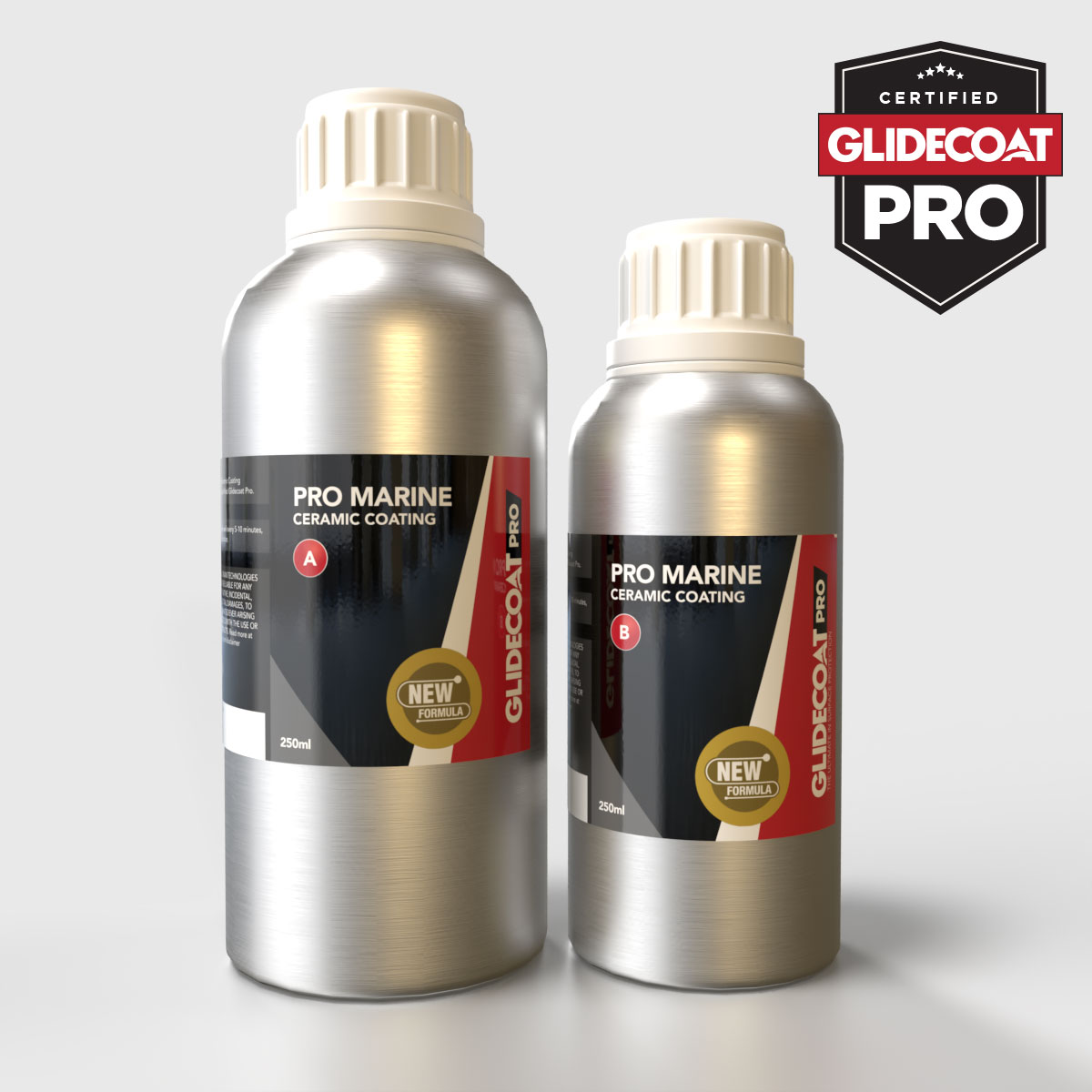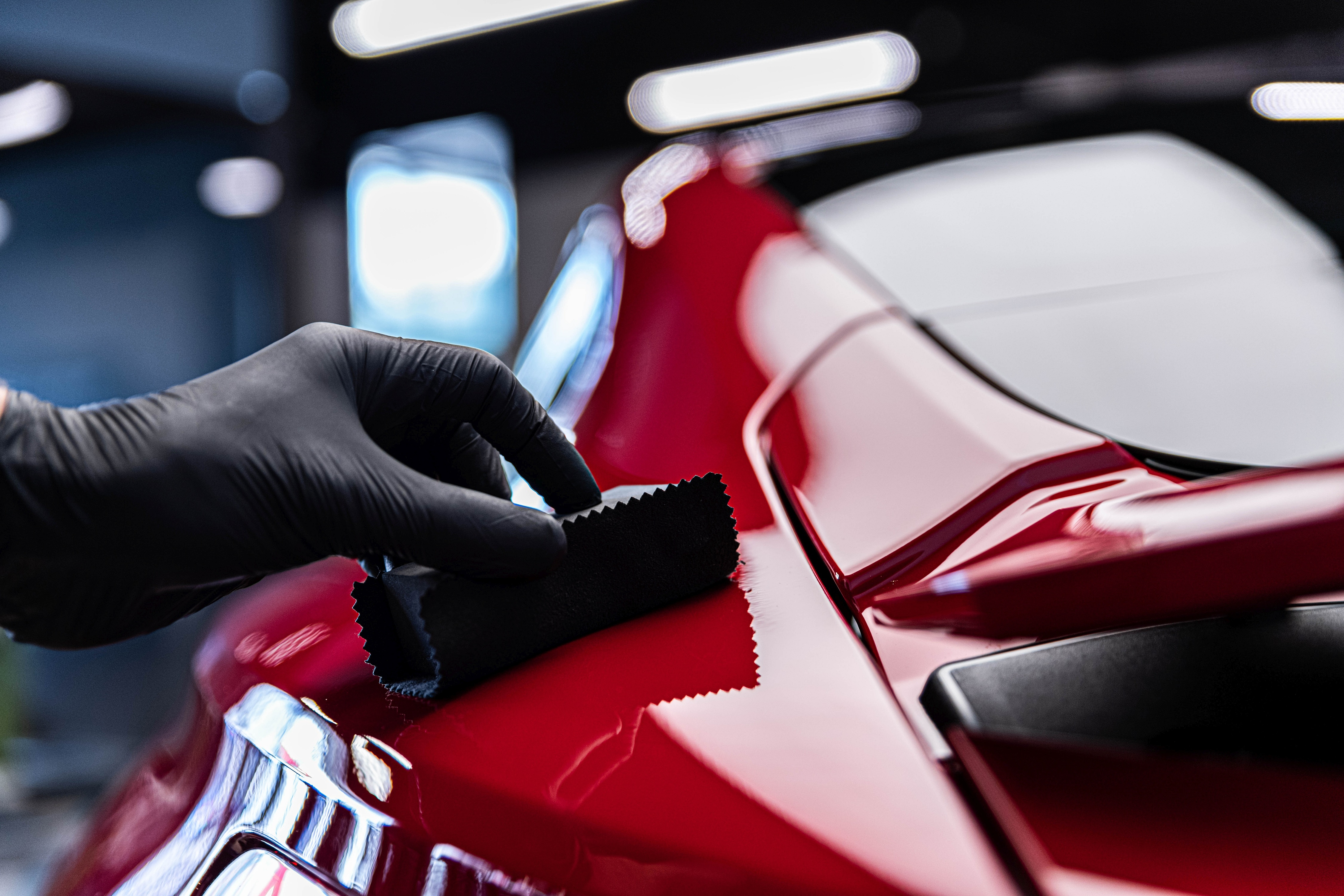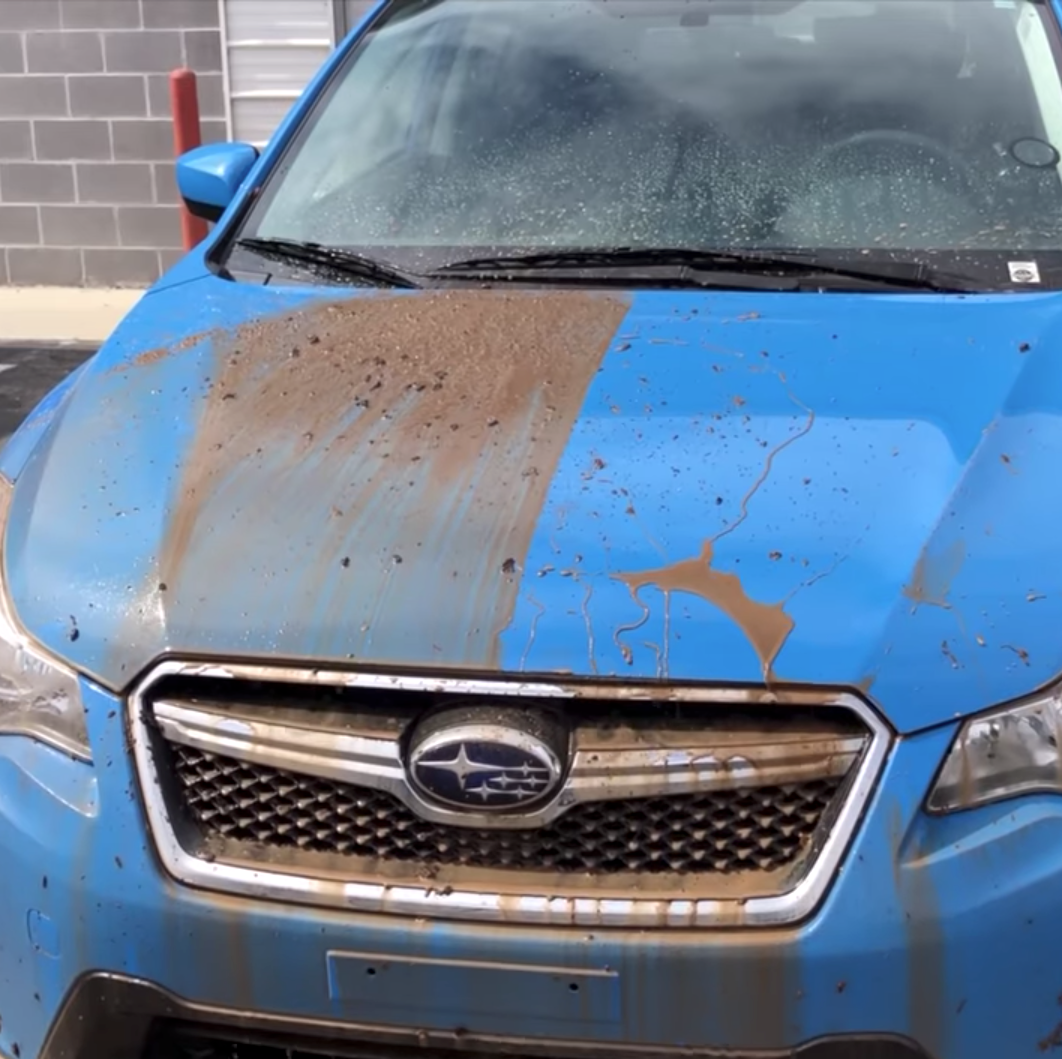Why Final Touch Auto Works Ceramic Coatings Are Perfect for Houston Drivers
Why Final Touch Auto Works Ceramic Coatings Are Perfect for Houston Drivers
Blog Article
The Ultimate Overview to Ceramic Coatings: Enhancing Your Car's Complete and Resilience
If you're seeking to elevate your vehicle's look and protection, ceramic layers could be the service you have actually been looking for. These advanced coverings bond with your automobile's paint, producing a long lasting barrier versus ecological damages. Yet just how do they pile up versus traditional wax? Understanding the benefits and application procedure can make a considerable difference in your vehicle care routine. Allow's discover what makes ceramic coatings a beneficial financial investment for your lorry.
What Are Ceramic Coatings?
Ceramic layers are innovative safety layers that improve your automobile's exterior. They're made from a fluid polymer that chemically bonds with your car's paint, developing a sturdy shield. Unlike conventional wax or sealants, which disappear gradually, ceramic finishes supply lasting protection versus environmental pollutants like UV rays, dirt, and chemicals.When you use a ceramic covering, you're spending in a barrier that pushes back water, making it much easier to clean your car and keeping it looking newer for longer. This technology helps protect the stability of your paint, minimizing the danger of scrapes and oxidation.Ceramic finishings can be found in different solutions, each designed to deal with various needs and choices. You can select a do it yourself package or select expert application, relying on your comfort level and budget plan. On the whole, ceramic coverings stand for an innovative solution for maintaining your car's aesthetic charm and long life.
Benefits of Ceramic Coatings
You reveal an array of benefits that go beyond mere appearances when you invest in a ceramic finishing. To start with, it supplies exceptional protection against ecological pollutants like dirt, bird droppings, and UV rays, keeping your vehicle's paint looking new longer. You'll notice that maintenance comes to be easier, as the hydrophobic residential properties cause water and crud to glide off easily. This implies less time spent cleaning and describing your vehicle.Additionally, ceramic layers can boost the glossiness of your automobile's surface, providing it that showroom sparkle. They likewise provide resistance to scratches and swirl marks, which assists maintain your lorry's resale worth. With a ceramic finish, you're not just securing your financial investment; you're also boosting its total appearance and longevity. Ultimately, this innovative innovation warranties your auto attracts attention while delighting in long-term benefits that traditional waxes simply can't match.
The Application Process: Just How to Apply Ceramic Coatings
Using a ceramic finishing entails several vital steps to guarantee perfect outcomes. Initially, completely clean your cars and truck to remove any type of dirt, crud, or pollutants. This ensures the surface is tidy and ready for the coating. Next, sanitize the paint using a clay bar to get rid of ingrained particles. Afterward, check the paint for imperfections and brighten it to attain a smooth surface.Once your car's surface is prepped, use the ceramic covering in tiny areas. Use an applicator pad to spread the finishing uniformly, complying with the supplier's instructions. Permit the layer to heal for the suggested time, commonly between one to 2 hours, depending on the product.Finally, stay clear of cleaning your vehicle for a minimum of a week to allow the covering bond correctly. Complying with these steps will assist you attain a durable, high-gloss finish that protects your vehicle for years ahead.

Contrasting Ceramic Coatings to Typical Wax
After ensuring your automobile's surface area is perfectly prepped with a ceramic finish, it's time to consider how this modern-day option compares to traditional wax. Ceramic coverings give a durable layer of protection that lasts for several years, while wax usually provides just a couple of weeks of shine. You'll notice that ceramic finishings bond with your paint, creating a hydrophobic surface that fends off water and dirt, making maintenance easier.In comparison, standard wax rests on top of the paint and calls for constant reapplication. With ceramic finishes, you get premium scrape resistance and UV protection, aiding to stop fading and oxidation. While the first investment for a ceramic coating is greater, the long-term advantages often surpass the prices. So, if you're looking for resilience and improved gloss, ceramic finishings are a smart selection over traditional wax.
Maintenance Tips for Your Ceramic Coated Lorry
To maintain your ceramic-coated automobile looking immaculate, normal maintenance is essential. Beginning with a mild laundry utilizing a pH-balanced hair shampoo; avoid harsh cleaning agents that can degrade the covering. Utilize a microfiber laundry glove to avoid scrapes and constantly wash extensively to remove any kind of soap residue.After washing, dry your auto with a soft microfiber towel to avoid water spots. Think about using a ceramic maintenance spray every few months to improve the covering's hydrophobic residential or commercial properties and include visit their website an additional layer of protection.It's also important to prevent automatic vehicle washes with unpleasant brushes, as they can harm the covering. Rather, select hand cleans or touchless wash alternatives. Additionally, routinely evaluate your car for impurities like tree sap or bird droppings and address them promptly to avoid etching. Adhering to these suggestions will certainly assist maintain the shine and sturdiness of your ceramic-coated vehicle for years to find.
Typical Misconceptions About Ceramic Coatings
Regardless of the impressive benefits of ceramic coverings, several misconceptions can create complication for automobile proprietors. One typical false impression is that ceramic layers get rid of the requirement for upkeep. While they do supply improved protection, regular cleaning and care are still necessary to maintain that high-gloss finish.Another misconception is that these coverings are scratch-proof. While they provide a strong layer of protection versus minor scratches, they can't hold up against extreme impacts or abrasive materials.Many also believe that ceramic coverings will make their autos immune to all impurities. Actually, they fend off dust and water but will not protect against issues like bird droppings or tree sap from causing damage if left unattended.Lastly, some believe that using ceramic coatings is a DIY task anybody can handle, yet achieving a remarkable application frequently requires expert competence to guarantee peak outcomes.
Selecting the Right Porcelain Coating for Your Vehicle
How do you select the right ceramic coating for your auto? Beginning by thinking about the level of defense you need. If your vehicle encounters extreme weather condition or regular trip, go with a high-end layer that uses remarkable resilience and resistance to scratches, UV rays, and chemical stains.Next, consider the application technique. Some finishes need expert installment, while others are DIY-friendly. If you're experienced, a do it yourself item could conserve you cash, but also for the very best outcomes, an expert can guarantee proper application.Don' t fail to remember to check the durability of the coating. Some last a couple of years, while others can protect for a years or more. Review evaluations and reviews to gauge individual satisfaction. By evaluating these variables, you'll find a ceramic covering that not just enhances your car's look but additionally supplies durable security.
Regularly Asked Concerns
The Length Of Time Do Ceramic Coatings Last generally?
Ceramic finishes usually last anywhere from 2 to 5 years, relying on factors like application, upkeep, and environmental problems. You'll want to follow correct care regimens to maximize their longevity and performance.
Can Porcelain Coatings Be Applied Over Paint Scratches?
You can not apply ceramic coverings over paint scrapes efficiently. It's ideal to repair any scratches initially, guaranteeing a smooth surface area - Final Touch Auto Works Ceramic Coatings. By doing this, the layer bonds properly and provides ideal protection for your vehicle's surface
Are Ceramic Coatings Safe for All Automobile Surface areas?
Ceramic coatings are generally secure for a lot of automobile surfaces, including paint, glass, and wheels. Nevertheless, it is essential to examine certain product standards, as some finishes could not be appropriate for certain products or surfaces.

Will Porcelain Coatings Protect Against UV Damages?

Can I Do Touch-Ups on Ceramic Coated Surfaces?
You over at this website can do touch-ups on ceramic layered surfaces, but it's essential to use compatible items. Confirm the area is clean and follow correct application methods to preserve the finishing's stability and performance. Unlike typical wax or sealers, which use off over time, ceramic finishes offer long-lasting defense versus environmental contaminants like UV rays, dust, and chemicals.When you apply a ceramic covering, you're spending in a barrier that wards off water, making it simpler to clean your car and maintaining it looking newer for longer (Final Touch Auto Works Ceramic Coatings). Later, check the paint for imperfections and polish it to achieve a smooth surface.Once your car's surface is prepped, use the ceramic layer in little sections. Allow the coating to heal for the recommended time, typically between one to 2 hours, depending on imp source the product.Finally, prevent washing your car for at the very least a week to let the finishing bond properly. Think about using a ceramic maintenance spray every couple of months to enhance the finish's hydrophobic buildings and add an added layer of protection.It's additionally wise to prevent automated automobile cleans with abrasive brushes, as they can harm the finishing. Ceramic coatings are typically risk-free for the majority of automobile surface areas, including paint, glass, and wheels
Report this page